
Category of Astronomical Heritage: tangible immovable
Cheomseongdae Observatory, Seorabeol (today Gyeongju), South Korea

Description
Geographical position
Cheomseongdae Observatory, Seorabeol (today Gyeongju),
839-1, Inwang-dong, Gyeongju City, North Gyeongsang Province, South Korea
Location
Latitude 35°50’07’’ N, 129°13’09’’ E, Elevation 44m above mean sea level.
IAU observatory code
-
Description of (scientific/cultural/natural) heritage

Fig. 1a. Cheomseongdae Observatory, Gyeongju), South Korea, built during the 7th century (CC2, Matt and Nayoung Wilson)
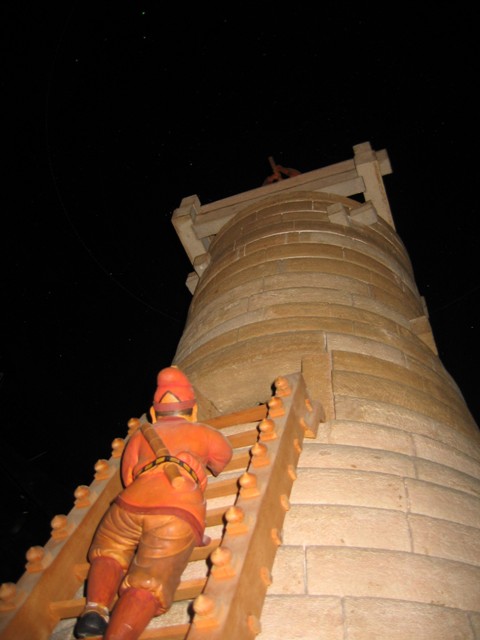
Fig. 1b. Model of Cheomseongdae Observatory, window as entrance with a ladder (CC3, Straitgate)
The Cheomseongdae Observatory in Seorabeol (today Gyeongju), South Korea, built during the 7th century, is the oldest astronomical surviving observatory in East Asia.
The Cheomseongdae Observatory was used for stargazing to make weather forecasts.
The observatory stone tower has an interesting construction: Each layer consists of 12 stones, which probably symbolize the months. In total there are 30 layers on top of each other; one for each day of the month. And the observatory consists of a total of 365 or 366 stones like the number of days per year.
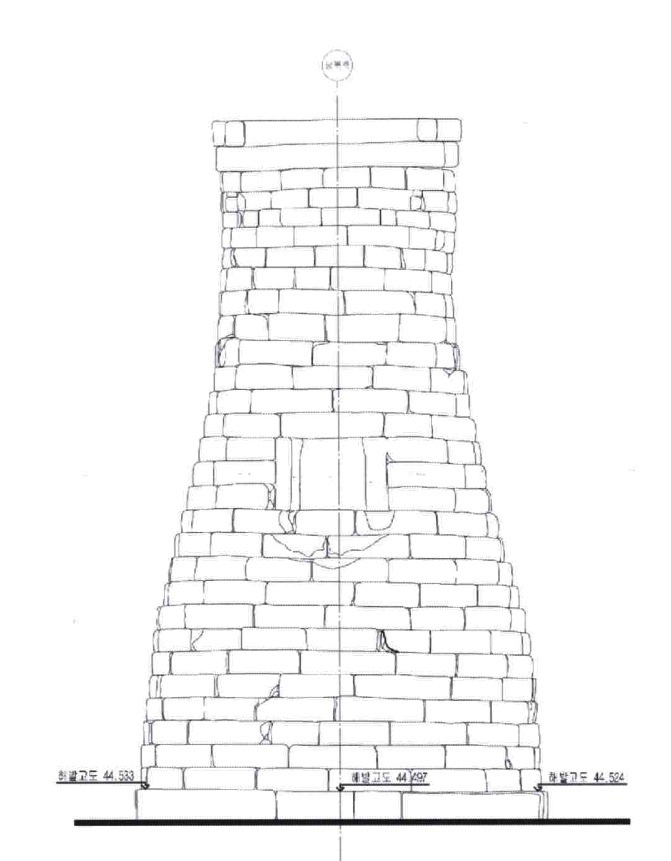
Fig. 2a. Cheomseongdae Observatory, view from South (National Research Institute of Cultural Heritage, Republic of Korea)
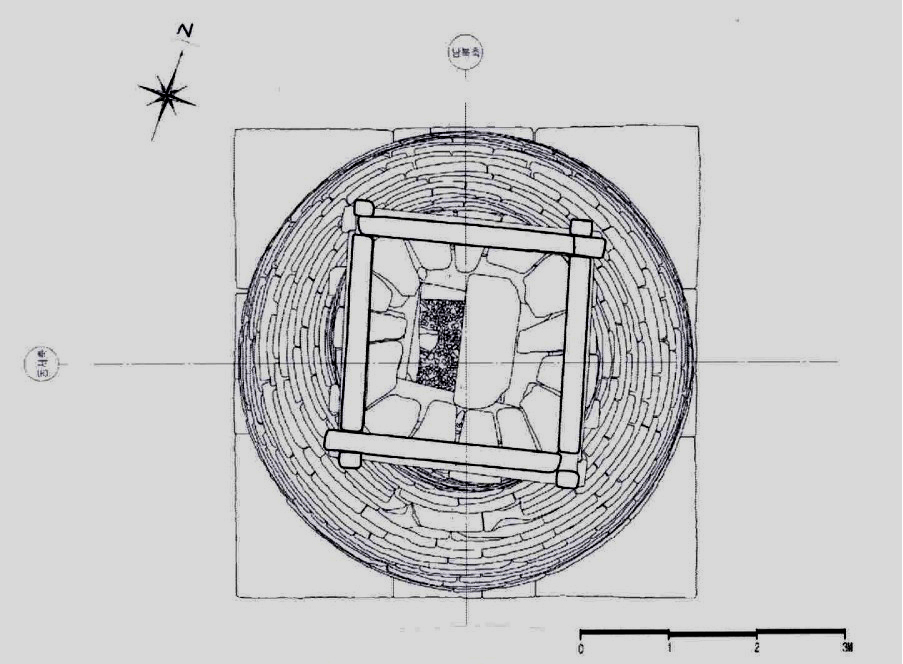
Fig. 2b. Cheomseongdae Observatory, plan of roof (National Research Institute of Cultural Heritage, Republic of Korea)
Structure: It has a classical structure of three parts like Greek column: a small stylobate or base (consisting of 12 stones), a curved cylindrical body, and a square top. In the middle of the body is a square window (3 layers high) as entrance. Below and above the window, there are 12 layers of stones (not counting the base as 1 layer and not counting the square above with two layers) -- symbolizing the 12 months in a year or 24 <i>solar terms</i> of the traditional <i>Chinese Lunisolar Calendar</i>. One can also count 28 layers without the upper square with two layers -- and this corresponds to the 28 constellations in East Asia. And adding the two layers of the square, you get 30 -- the number of days per month.
Dimensions: Its base is 5.7-m long and the stone tower is 9.2-m high.
The tower is filled with earth and rubble up to the opening on the south wall. Access was probably via a ladder from the outside. Inside there might have been a stairway up to the upper platform.
It is not clear whether the tower was used for astronomical observations or whether it served more of a ritual or astrological purpose.
History
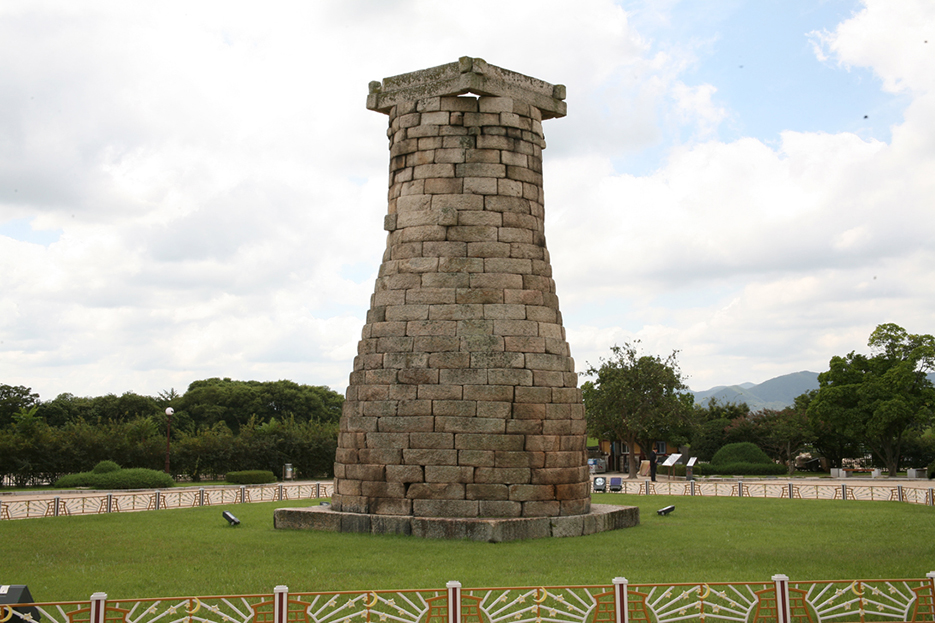
Fig. 3. Cheomseongdae Observatory (7th century AD), (National Research Institute of Cultural Heritage, Republic of Korea)
The Cheomseongdae Observatory in Seorabeol (today Gyeongju), South Korea, was built during the Kingdom of Silla (57 BC--AD 935), the reign of Queen Seondeok (ruled from 632 to 647).
The Cheomseongdae Observatory (7th century AD), a star-gazing tower, was modeled on <i>Baekje’s Jeomseongda</i>, and influenced the construction of a Japanese observatory in 675, and Duke Zhou’s observatory in China in 723.
Wada Yuji (1910), a Japanese meteorologist, was the first to recognise that Cheomseongdae is an observatory, proposing that people might have set up an observation balloon or an astronomical clock. Hong I-seup argued that the tower was used for astronomical observations from inside the building.
State of preservation
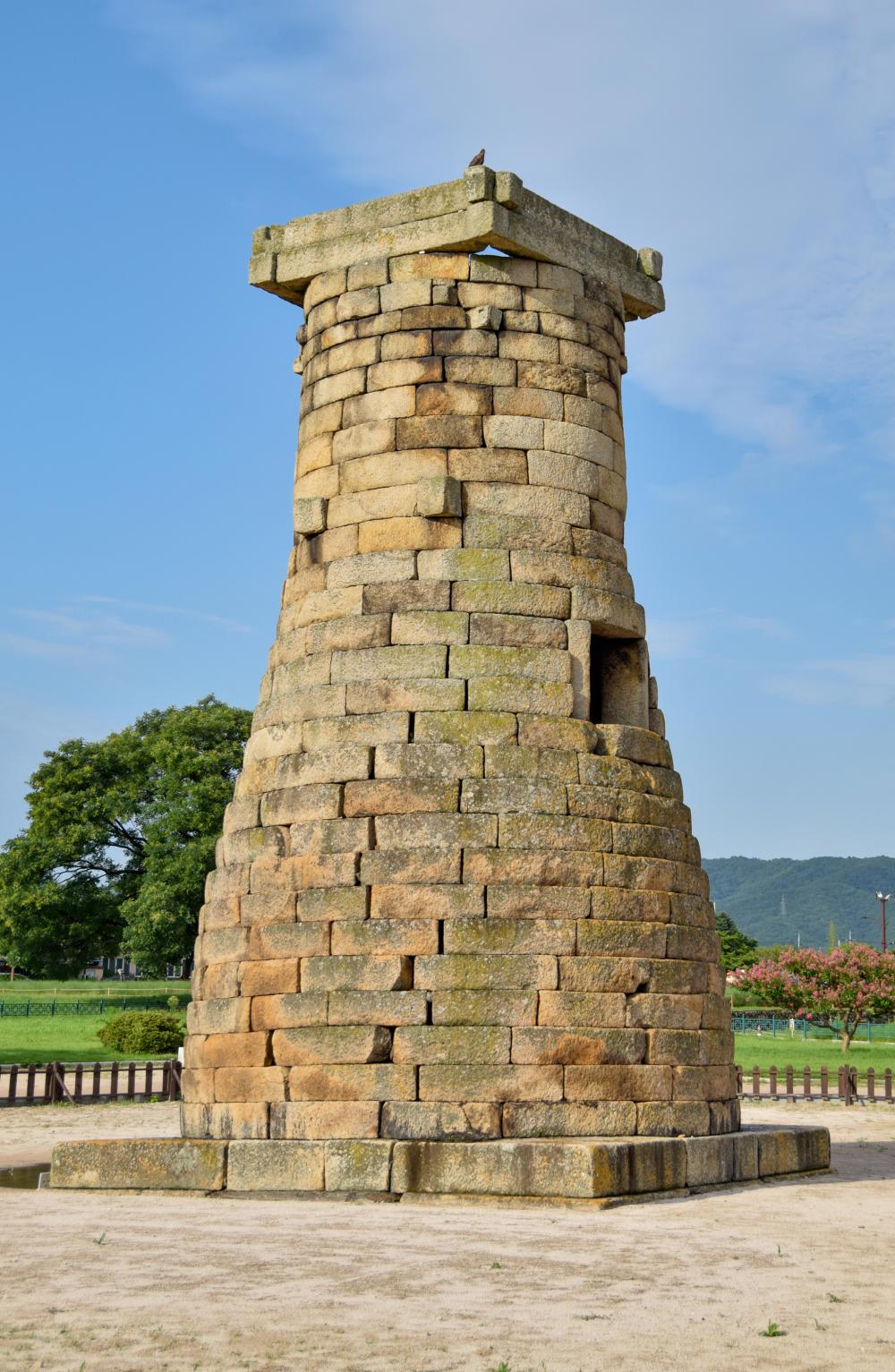
Fig. 4. Cheomseongdae Observatory (7th century AD), (CC4, Mosbatho)
Cheomseongdae kept its original appearance for about 1300 years since its establishment in the 7th century. The Cheomseongdae Observatory is well preserved and managed. Already in 1962, the Cheomseongdae Observatory (7th century AD) was designated as Korea’s No. 31 National Treasure. The National Research Institute of Cultural Heritage makes safety inspections at annual intervals since 1981. In 2009, an overall survey was carried out with a 3D scanner.
In 2000, it was inscribed along with other sites from the Silla Kingdom period in the Gyeongju area as a UNESCO World Heritage site "Gyeongju Historic Sites".
Comparison with related/similar sites
The Cheomseongdae Observatory (7th century AD) influenced the construction of a Japanese observatory in 675, and Duke Zhou’s observatory in China in 723.
Threats or potential threats
no threats
Present use
It is an archaeological site -- a destination for tourists.
Astronomical relevance today
It is an archaeological site, no astronomical relevance today.
References
Bibliography (books and published articles)
- Hong I-Seup: Science History of Joseon. ...
- Jeon, Sang-woon: A history of science in Korea. Seoul:Jimoondang 1998.
- Kelley, David H. & Eugene F. Milone: Exploring Ancient Skies: A Survey of Ancient and Cultural Astronomy. New York: Springer Science & Business Media 2011.
- Nha, Il-seong: Silla’s Cheomseongdae. In: Korea Journal 41 (2001), 4, p. 269-281.
- Park, Changbom: Astronomy: Traditional Korean Science. Ewha Womans University Press 2008.
- Park, Jeong Eun: Case Study 5.4: Cheomseongdae Observatory, Republic of Korea. UNESCO Portal to the Heritage of Astronomy (https://www3.astronomicalheritage.org/images/astronomicalheritage.org/thematic-study/ch05cs4.pdf) 14.3.2023.
- Selin, Helaine: Encyclopaedia of the History of Science, Technology, and Medicine in Non-Western Cultures. New York: Springer Science & Business Media 2013.
- Song, Sang-Yong: A brief history of the study of the Ch’omsong-dae in Kyongju. In: Korea Journal 23 (1983), 8, 16-21.
- Yuji, Wada: A theory for Cheomseongdae in Gyeongju. In: Joseon Observatory Academic Report (1910).
Links to external sites
- Cheomseongdae Observatory, Republic of Korea, Category of Astronomical Heritage: tangible immovable, Short Description (ICOMOS-IAU Case Study format)
- Cheomseongdae (Wikipedia)
- UNESCO Astronomy and World Heritage Webportal - Show entity
- Park Seong-rae. The history of science in Korea. Indiana University Resources. (14.3.2023)
No multimedia content published
Currently there is no multimedia content published for this case study











